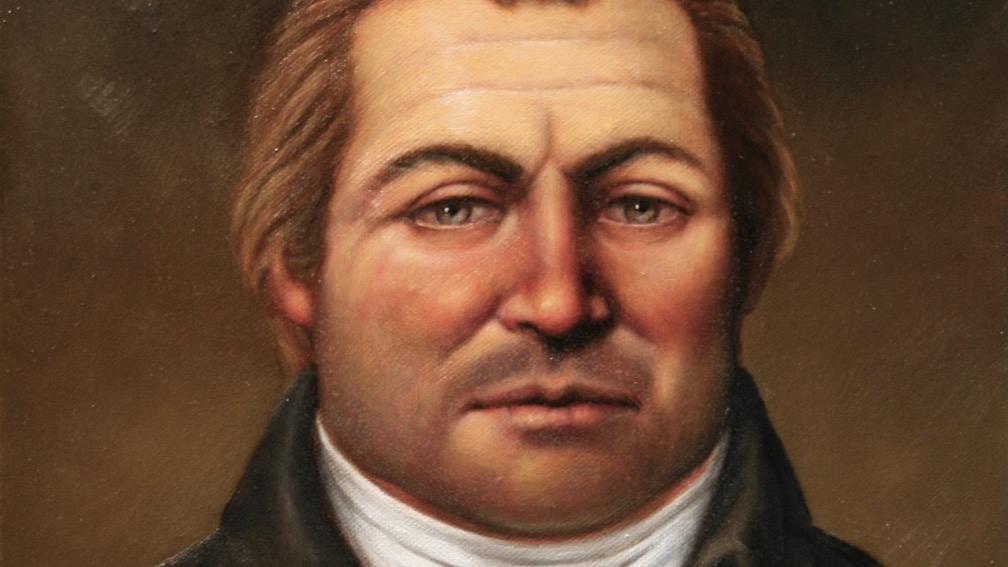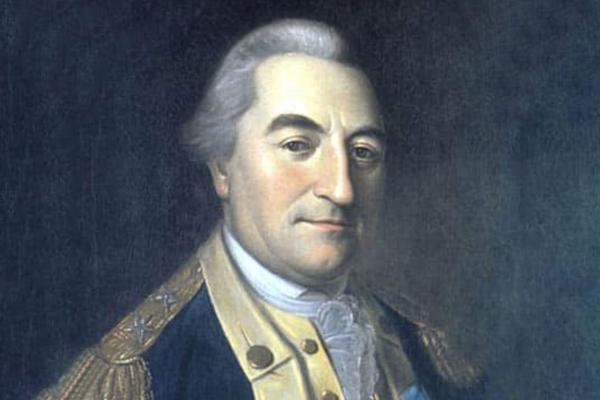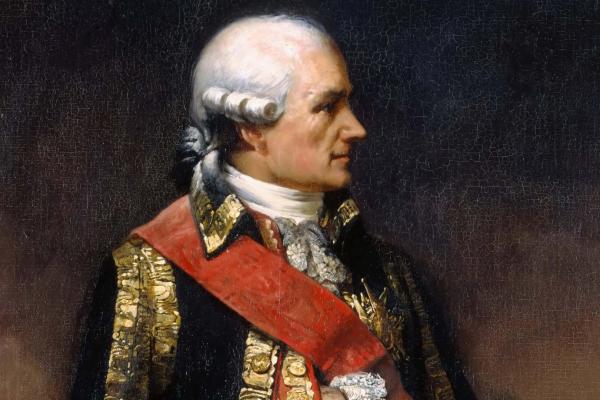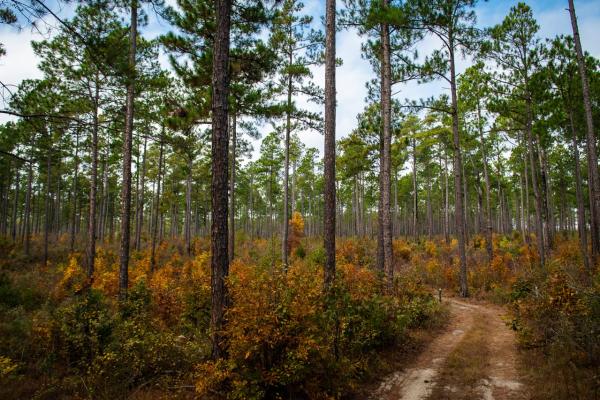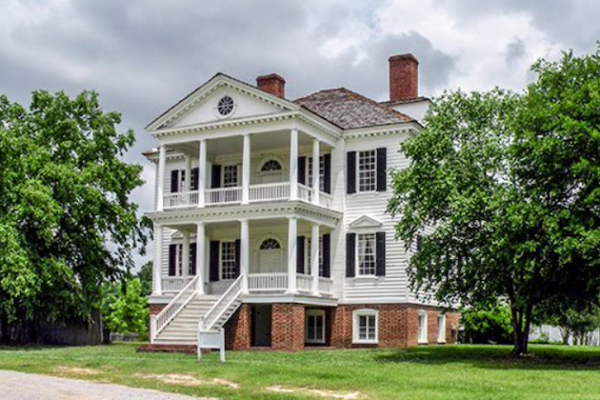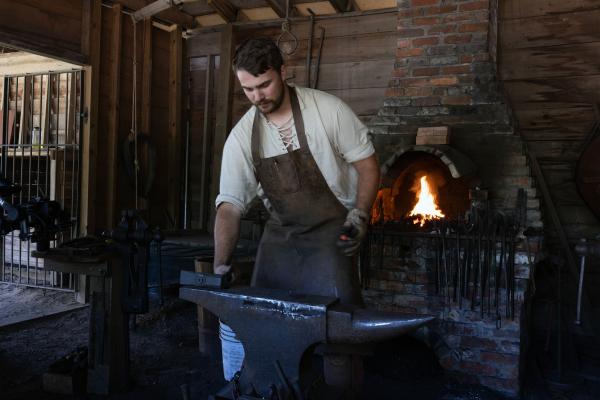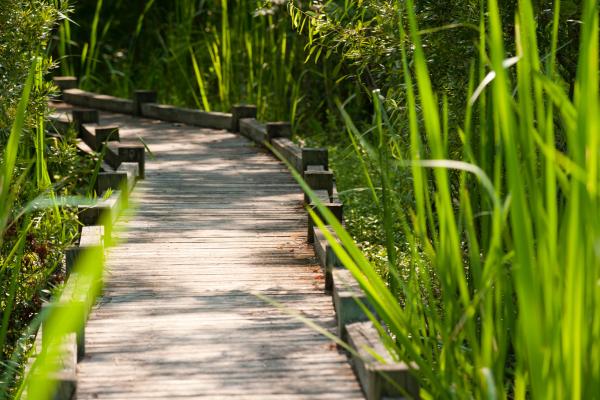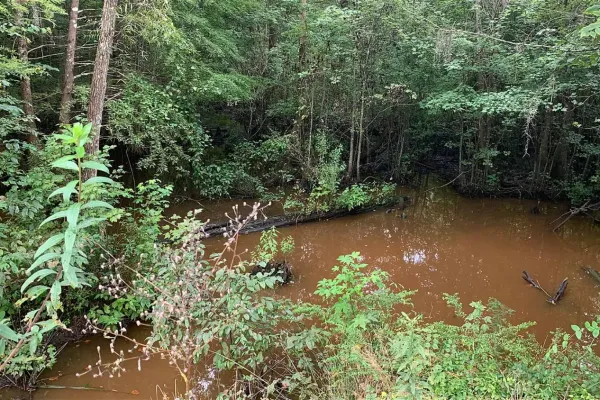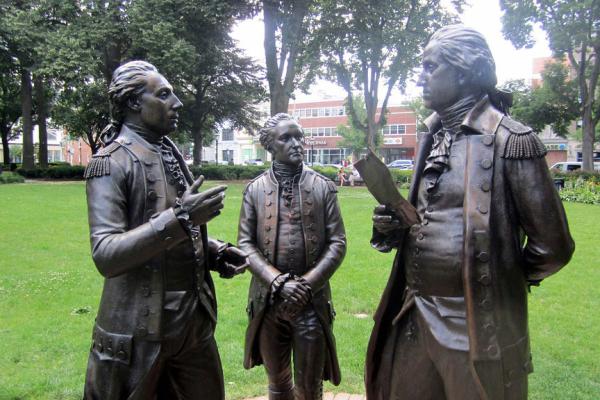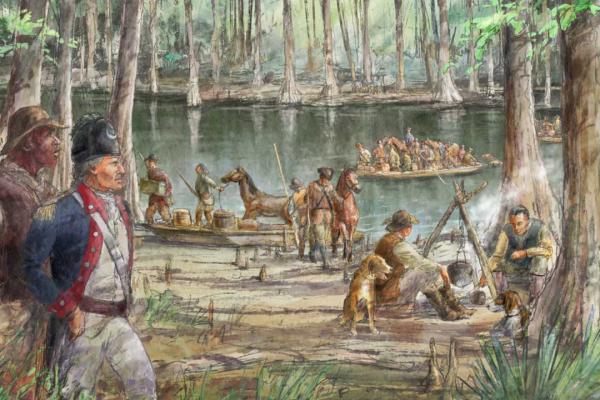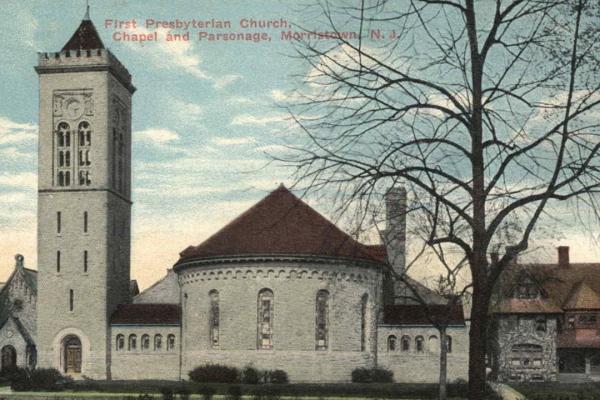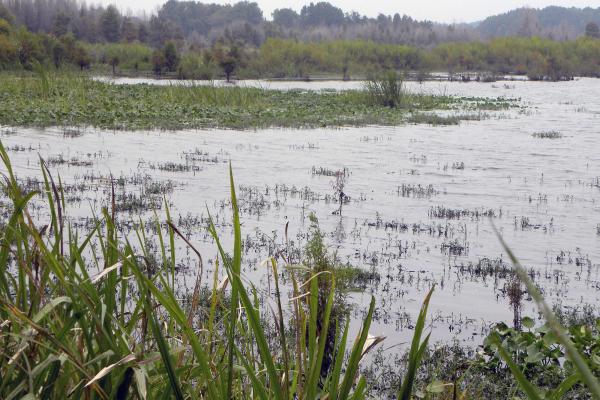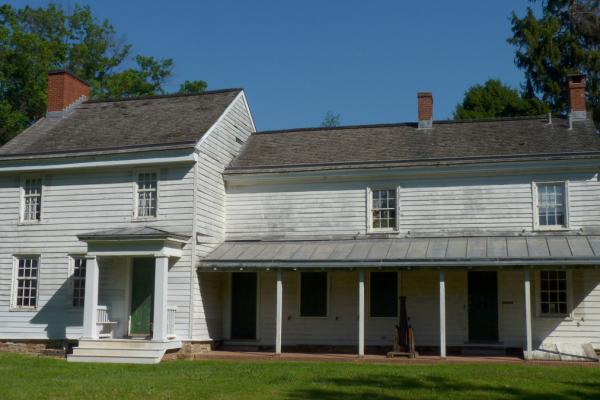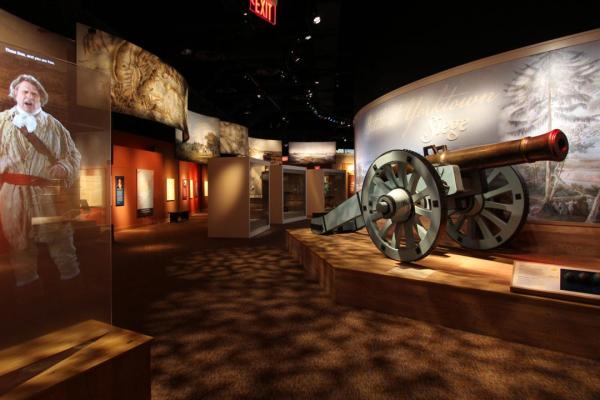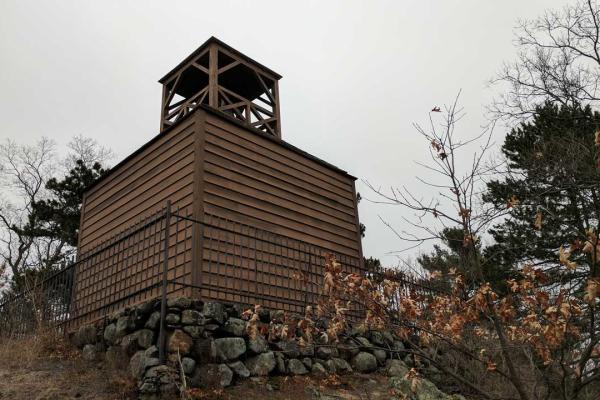Captain Isaac Davis, a Massachusetts Minuteman leader, was the first American officer killed in the Revolutionary War at the Battle of Concord on April 19, 1775.
In the final years of the Revolution, the Comte de Grasse aided the American cause through the disruption of the British Navy's supply lines.
During the Battle of Camden, when the American line collapsed, de Kalb and his infantry remained on the field. De Kalb led a counterattack in an attempt to stem the tide but the British swarmed around the American. As Gates’s army retreated, de Kalb fell and was taken to Camden where he died in 3 days.
A career military officer under the French crown, the Comte de Rochambeau led 5,500 French troops to North America to aid in the Patriots' fight for independence from Britain.
Uncovering History
We invite you to visit the preserved locations along the Liberty Trail and to immerse
yourself in the extraordinary events that determined the fate of a nation.
